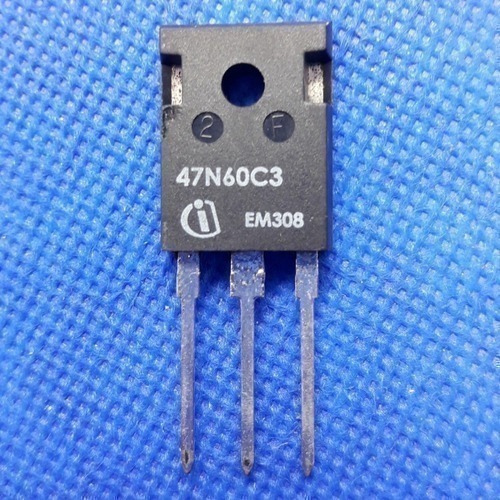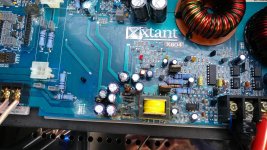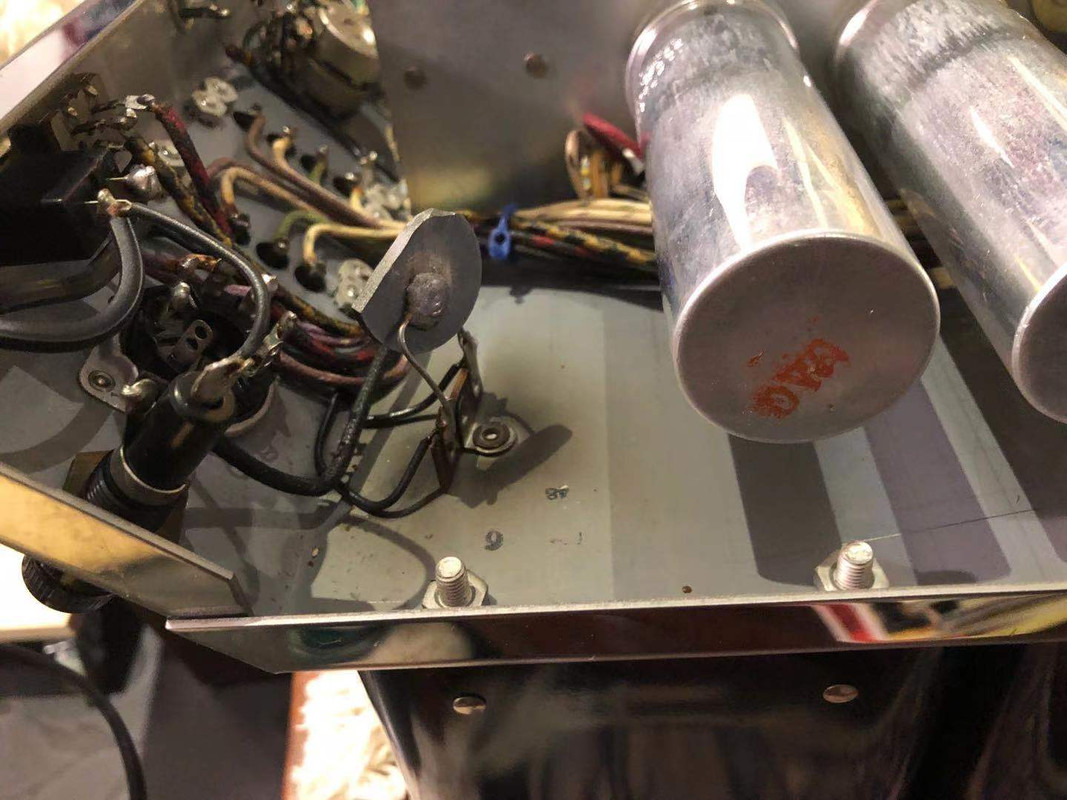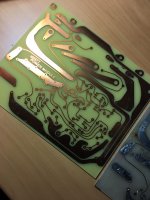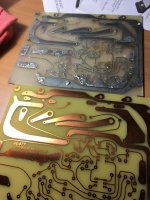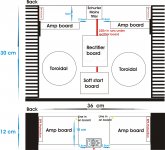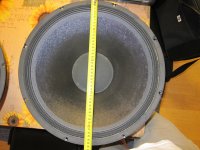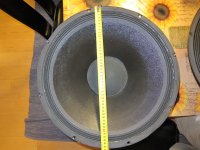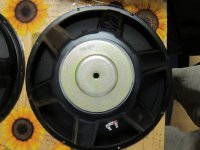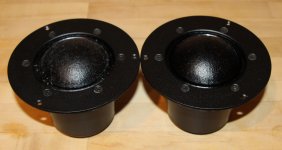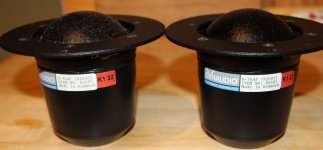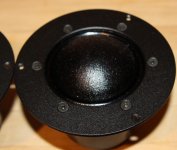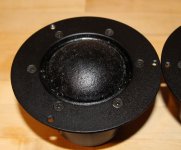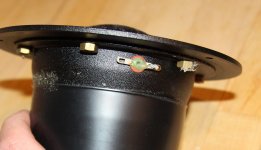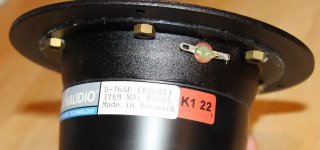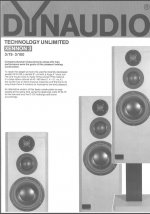Better living room acoustic systems surpassed by headphones
- By academia50
- Room Acoustics & Mods
- 13 Replies
All acoustic systems, commercial or DIY, will never sound like a good pair of headphones. It is an incontestable and undeniable fact.
My room system is not the best, but it is not to devalue either, I have spent a lot of time and money on it, but I do not get with it the sound of my old AKG K-141, which I still use, and it is supposed to be outperformed by current models ...
The Sennheissers were also superb, I remember the first ones (which were really ugly, but they used mylar diaphragms and that did the miracle.
Sennheiser HD 414 and 424 – Old School | TONEAudio MAGAZINE
The subsequent intensive use of this material wiped out the heavy eyes with transistor radio mini-speakers inside!
This was the Pionner SE 305, they were a Chinese torture, bad sound, heavy and suffocating.
Even a pair of mid-priced, recent manufacture Phillips headphones have bass with surprising resolution, my "room" system doesn't have "the one-note bass", but it's different, there's no transparency or harmonics that gives a good headphone in the low end of the spectrum.
My favorites were always the open system, (the air is not locked in the ear tunnel, breathe)
For example, I had Koss, I remember the HV-1A and the HVX, I had both. What transparency and definition they had!
So, if you want the best sound in the world for little money, you know ......
My room system is not the best, but it is not to devalue either, I have spent a lot of time and money on it, but I do not get with it the sound of my old AKG K-141, which I still use, and it is supposed to be outperformed by current models ...
The Sennheissers were also superb, I remember the first ones (which were really ugly, but they used mylar diaphragms and that did the miracle.
Sennheiser HD 414 and 424 – Old School | TONEAudio MAGAZINE
The subsequent intensive use of this material wiped out the heavy eyes with transistor radio mini-speakers inside!
This was the Pionner SE 305, they were a Chinese torture, bad sound, heavy and suffocating.
Even a pair of mid-priced, recent manufacture Phillips headphones have bass with surprising resolution, my "room" system doesn't have "the one-note bass", but it's different, there's no transparency or harmonics that gives a good headphone in the low end of the spectrum.
My favorites were always the open system, (the air is not locked in the ear tunnel, breathe)
For example, I had Koss, I remember the HV-1A and the HVX, I had both. What transparency and definition they had!
So, if you want the best sound in the world for little money, you know ......
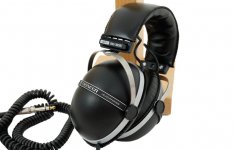

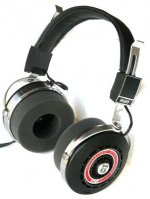
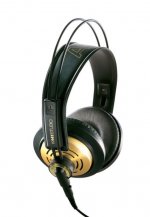


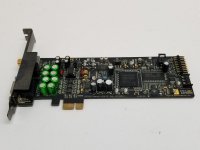
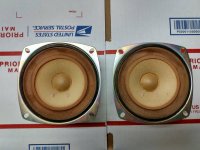
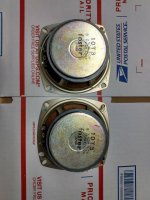
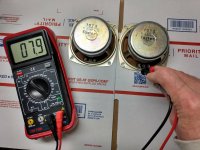
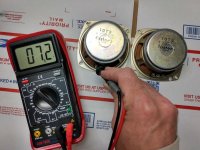

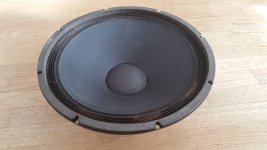
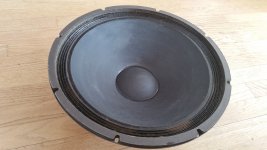
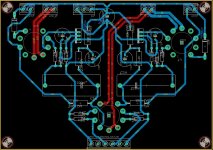
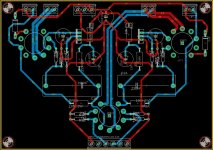
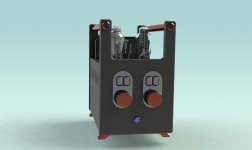
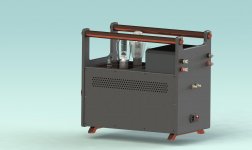
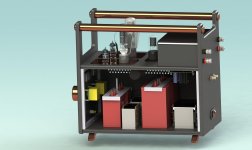


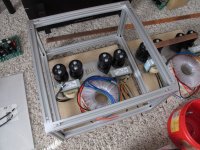

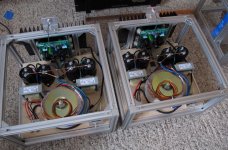
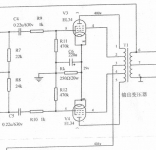
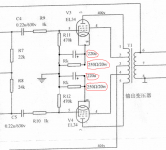
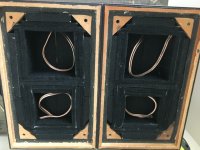
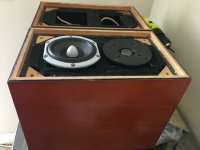
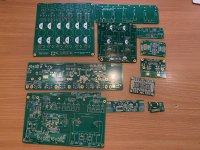



.thumb.jpeg.bc51076e4c658ea93fbcc6ff0eaecf77.jpeg)
.thumb.jpeg.1024547a1aa0ecc767c9454a0b12011b.jpeg)
.thumb.jpeg.5e22a4e84534ff073a15e32242e30add.jpeg)
.thumb.jpeg.271b87bf58f89ef72e8315457f9a9fca.jpeg)
.thumb.jpeg.35ff85eb621dc3337e33c952e55d2e41.jpeg)
.thumb.jpeg.1178c04de83a4bed32672807c11e04e8.jpeg)

